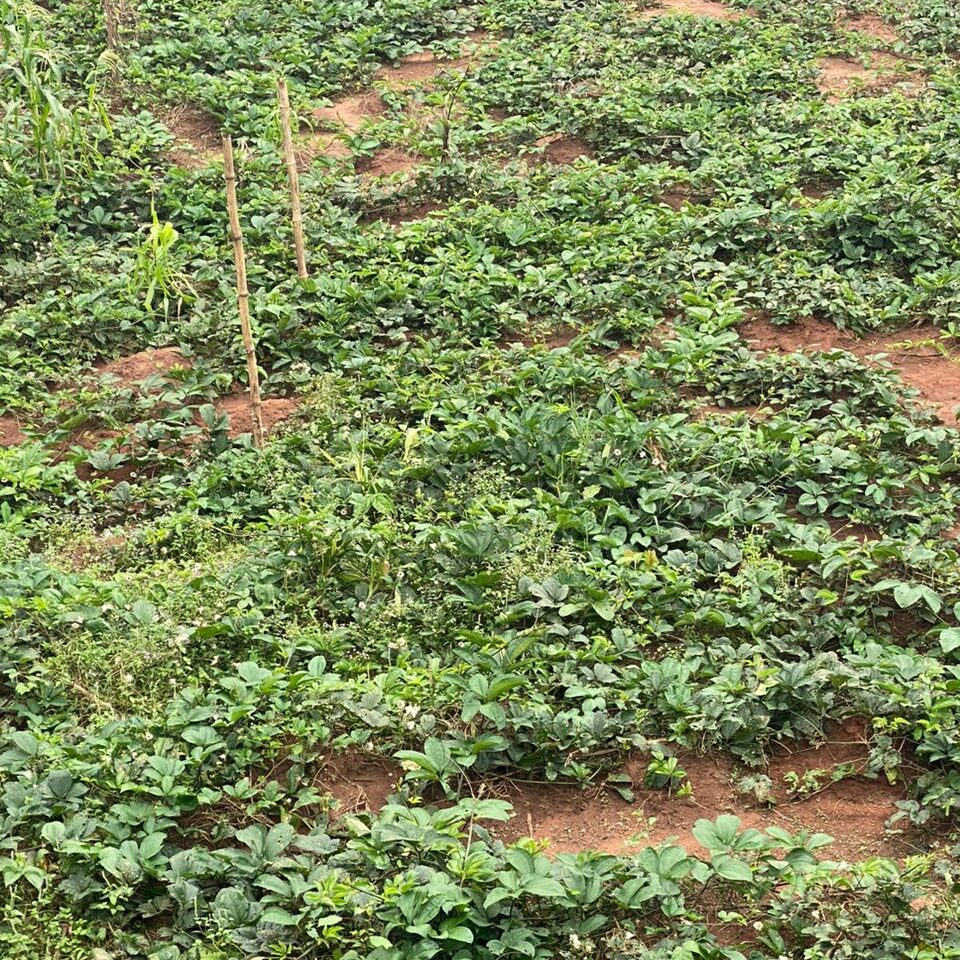
Crop rotation is defined as a planting of different types of crops on the same piece of land in a definite sequence. In other words, it is a system that involves the growing of different crops on the same piece of land year after year, with each crop following the other in a definite sequence. This system is practiced in areas where farmland is in short supply. For example, a farmland may be acquired and grown with different crops year after year. This means that the farmer may plant maize on the whole farm this year, while the plants cowpea next year so on. He may come back to plant maize on four years time depending on his course of rotation. Another way of practicing this system is that the farmland may be divided into plots and each is used to grow a different crop every year. The different crops can then be rotated every year from one plot to another.
A rotational mixed cropping me also be adopted in a situation where the front mixture of crops is grown on the same piece of land every year, in the rotational circle or course. There are maybe two, three, or five year rotation course.
Principles of Crop Rotation
In order to adopt the principles of crop rotation, the Farmer must first consider the following factors:
- Climatic conditions such as rainfall, temperature, humidity and sunlight.
- Vegetation of the area.
- Soil type.
- Soil fertility.
- Crop to be planted.
- The root system of the crops to be planted.
With this factors in the mind of farmer, he will ensure that the principles which include the following are adhered to:
- Closely related crops do not follow each other in the same sequence, since such crops will be drawing the same type of nutrients from the soil, for example,maize should not be followed by rice or sorghum in the rotation.
- Deep rooted crops should not follow each other in the sequence, Therefore, deep rooted crops should be followed by shallow rooted crops. For example, yam should be followed by maize.
- Crops of the same family should not follow each other, since they will be susceptible to the same diseases and pests e.g. maize, wheat, rice, sorghum and millet.
- Crops planted should be ones that are suitable to the climate of the area. For example, tree crops should be grown in the rainforest zone, while crops such as maize, millet beans, groundnut, etc. Swamp rice should be restricted to swampy areas.
- Period of fallow should be included in the rotational course, as this will help to replenish the soil fertility.
- During fallowing, leguminous crops may be planted for building up more nitrogen.
Factors that Determine the Adoption of a Cropping System
There are many factors that determine the use of cropping system. These include the following:
- Climatic factors: These include rainfall, relative humidity, temperature and photo-period (i.e length of daylight in every 24 hours). For example, in Southern Nigeria, there are two peak period of rainfall compared to the North where there is one period of rainfall and this determines the types of crops to be grown and the types of cropping system to adopt. Relay cropping can be successfully practiced in the South due to long period of rainfall. Other climatic factors also contribute in one way or the other to the type of cropping system that may be used in an area.
- Soil Factors: The soil factors include topography, physical and chemical soil conditions, availability of neutrons in the soil. For example, steepy/sloppy land will encourage strip intercropping, rather using such land for other cropping systems. If a particular soil is high in nutrients capacity, define I can use such soil for continuous cropping but the Farmer may adopt crop rotation in substitution of low level of fertility, where mini crops are grown and each crop will be rotated yearly on a particular soil.
- Economic factors: These include transportation facilities, marketing structures and price. These factors go a long way to wards determining the type of crops to be grown and the cropping system to be adopted. For example, if the price of rice is high, the Farmer can go ahead to produce rice year after year, nearby adopting a monocropping system.
- Soil factors: These include peoples tastes and local beliefs, which determine the type of crops to be grown, and the cropping system to adopt. For example, Muslims forbid the eating of pork, a product of pig. As a result, the Northern Nigerian farmers which are predominantly Muslims do not read pigs. Northern farmers mostly plant cereal crops, e.g. maize, millet and sorghum. Each of these crops may be the single-crop to occupy a particular farmland, which is monocropping. In the South the farmers mostly plant roots and tuber crops, legumes and vegetables, which are concentrated on a particular family land known as missed cropping. Ideally, test determines the planting of cereals in the North, which serves as staple food in the area, while tubers and roots are mainly consumed in the South.
- Technological factors: The technological advancement of any country can in a big way contribute to the type of cropping system one may adopt in a particular area. For example, where farmers have access to modern machines, a large expanse of land can be cultivated with a single crop, e.g. rice, (monocropping). But if the farmers are used to crude implements such as cutlasses and hoes, such farmers will end up practicing traditional agriculture, thereby adopting the mixed cropping system.


